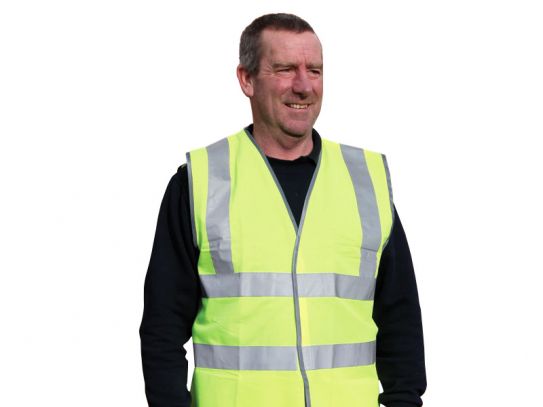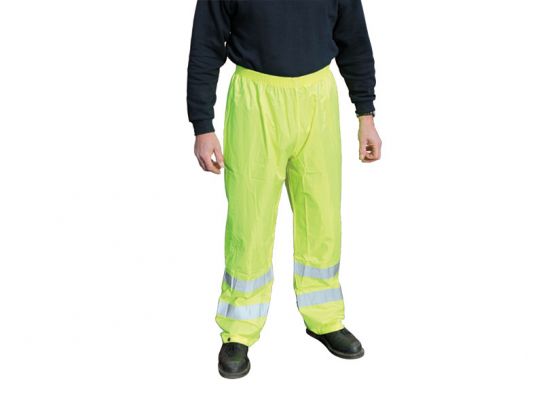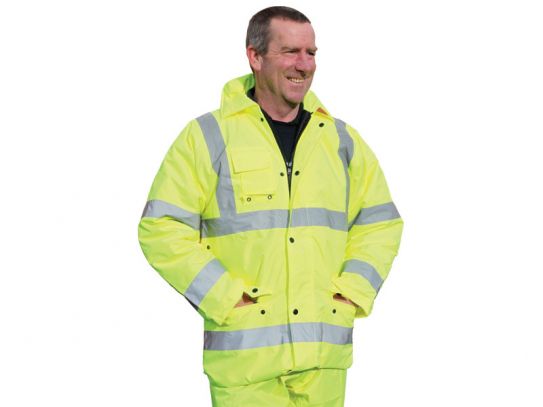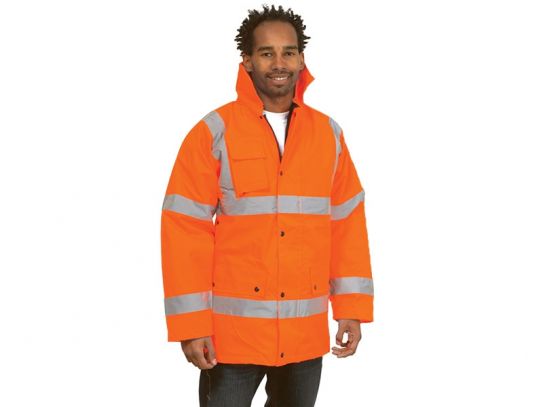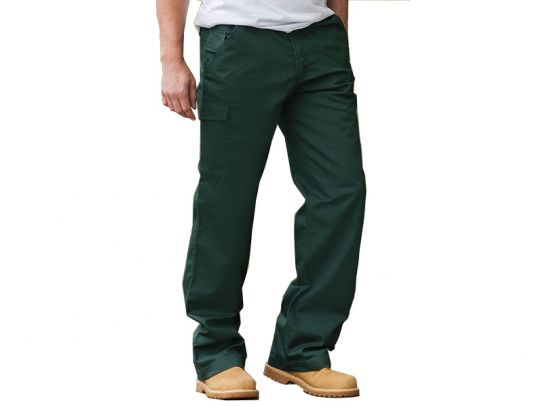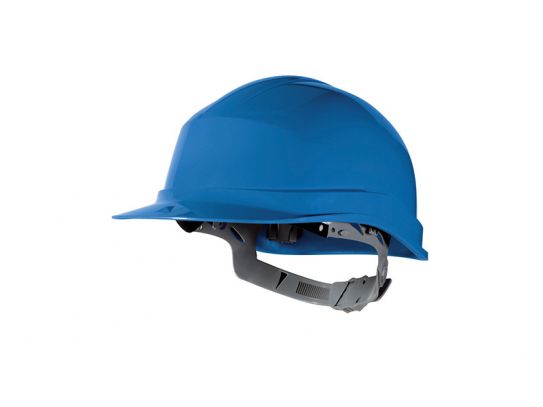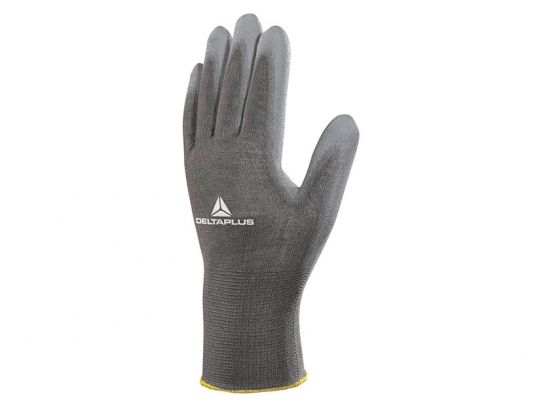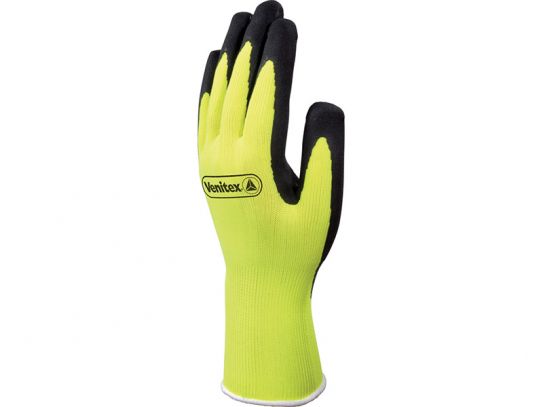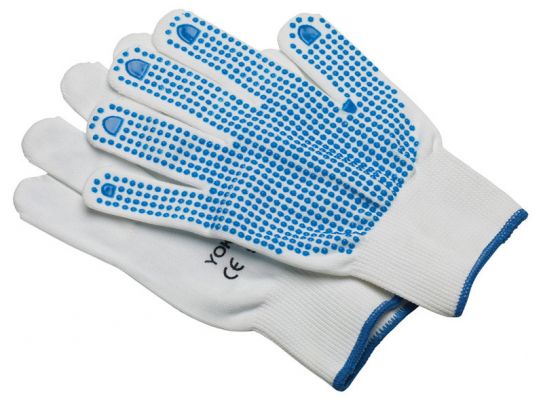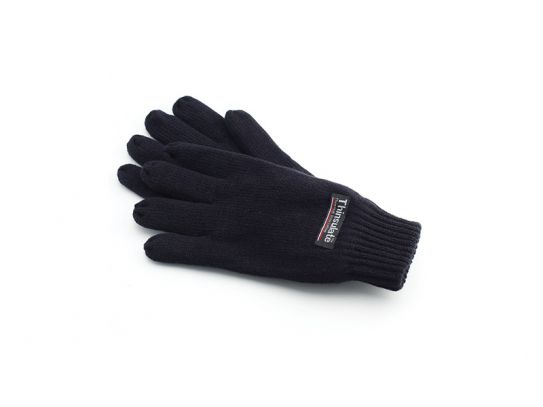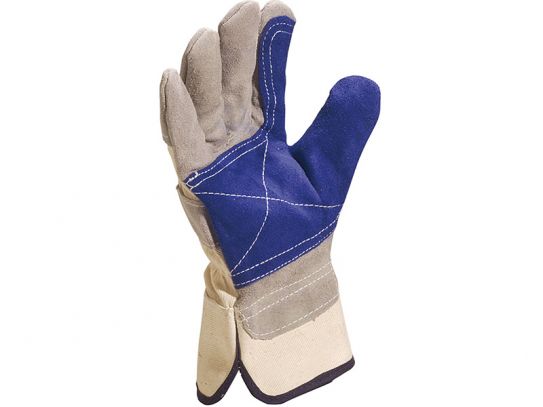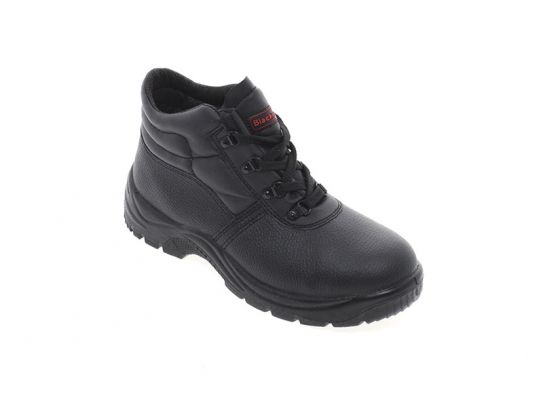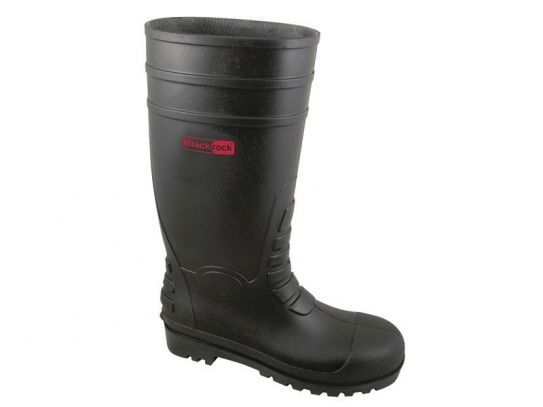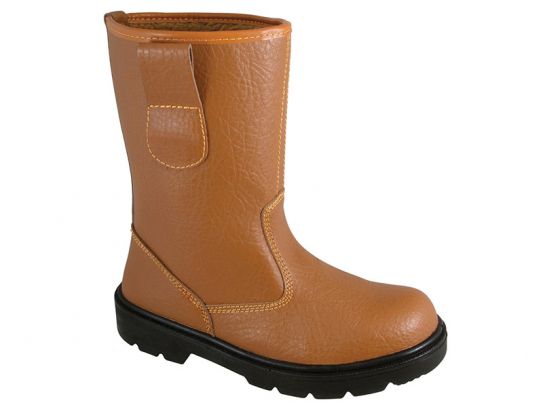PPE
Keep Your Team Safe On The Job
Looking for high-quality PPE to keep your team safe on the job? Look no further! Our range of PPE includes all the essential items you need to protect your workers from hazards and keep them safe. From high visibility clothing, to safety gloves and boots, we've got you covered. Plus, our helmets and hard hats are designed to provide maximum protection for your team. Don't take risks with your workers' safety – trust in our top-of-the-line PPE to keep them safe on the job.
What Is PPE?
PPE stands for Personal Protective Equipment. It is equipment that is worn or used by workers to protect themselves from hazards and risks in their workplace. PPE can include items such as safety gloves, hard hats, safety boots, and high visibility clothing. These items are designed to provide a barrier between the worker and the hazard, reducing the risk of injury or illness. It is important for employers to provide appropriate PPE for their workers and to ensure that it is used properly.
What Are Some Common Uses For PPE?
Some common uses for PPE include protecting workers from falls, electrical shocks, chemical spills, and other hazards. PPE can also be used to protect workers from respiratory hazards, such as dust or fumes, and from extreme temperatures. In healthcare settings, PPE is used to protect workers from infectious diseases and other health hazards. PPE is also commonly used in construction, manufacturing, and other industries where workers may be exposed to hazards. Ultimately, the specific types of PPE used will depend on the hazards present in a given workplace.
What Are The Different Types Of PPE?
There are many different types of PPE, and the specific types used will depend on the hazards present in a given workplace. Some common types of PPE include:
- Hard hats and helmets, which protect the head from impact and falling objects
- Safety gloves, which protect the hands from cuts, abrasions, and chemical spills
- Safety glasses, goggles, and face shields, which protect the eyes from flying debris and chemical splashes
- Ear plugs and earmuffs, which protect the ears from loud noises
- High visibility clothing, which makes workers more visible to others in the workplace
- Safety boots, which protect the feet from falling objects and punctures
- Protective clothing, such as aprons or coveralls, which protect the skin from chemicals or other hazards
In addition to these items, there are many other types of PPE that may be used in different workplace settings. It is important for employers to provide appropriate PPE for their workers and to ensure that it is used properly.
What Are The Key Features To Consider When Choosing PPE?
When choosing PPE, there are several key features to consider, including:
- The specific hazards present in the workplace. Different types of PPE are designed to protect against different hazards, so it is important to choose PPE that is appropriate for the specific hazards present in the workplace.
- The fit and comfort of the PPE. If PPE does not fit properly, it may not provide adequate protection, and it may also be uncomfortable for the worker to wear. It is important to choose PPE that fits well and is comfortable to wear for extended periods of time.
- The durability and quality of the PPE. PPE that is poorly made or of low quality may not provide adequate protection, and it may also need to be replaced more frequently. It is important to choose PPE that is made of high-quality materials and that is designed to last.
- The cost of the PPE. PPE can be a significant expense for employers, so it is important to consider the cost when choosing PPE. It may be tempting to choose the cheapest option available, but it is important to balance cost with quality and effectiveness.
In addition to these factors, employers should also consider any relevant regulations or standards that apply to PPE in their industry. These regulations and standards can provide guidance on the specific types of PPE that are required in different workplace settings.
What Safety Considerations Should Be Taken Into Account When Using PPE?
When using PPE, there are several safety considerations to keep in mind, including:
- Following the manufacturer's instructions for using the PPE properly. This may include things like properly fitting and adjusting the PPE, inspecting it for damage before each use, and properly storing and maintaining the PPE.
- Providing training to workers on how to properly use the PPE. This should include instructions on how to put on and take off the PPE, how to adjust it for a proper fit, and how to properly store and maintain it.
- Regularly inspecting the PPE for damage or wear and tear. PPE should be inspected before each use to ensure that it is in good condition and will provide adequate protection. Any PPE that is damaged or worn out should be removed from service and replaced.
- Properly storing and maintaining the PPE. PPE should be stored in a clean, dry, and easily accessible location when not in use. It should also be properly cleaned and maintained according to the manufacturer's instructions.
- Using the PPE in combination with other safety measures. PPE is most effective when used in conjunction with other safety measures, such as engineering controls and safe work practices. Employers should implement a comprehensive safety program that includes the use of PPE as well as other measures to protect workers.
It is important to remember that PPE is not a substitute for good workplace safety practices. While PPE can provide valuable protection, it is not foolproof, and it cannot protect workers from all hazards. Employers should implement a comprehensive safety program that includes the use of PPE as well as other measures to protect workers.
Are There Any UK Or European Industry Standards Or Regulations That Apply To PPE?
In the UK and Europe, the use of PPE is regulated by a number of industry standards and regulations. These standards and regulations establish minimum requirements for the design, performance, and testing of PPE, and they also provide guidance on the appropriate selection and use of PPE in different workplace settings.
Some of the key standards and regulations that apply to PPE in the UK and Europe include:
- The Personal Protective Equipment Regulations (PPE) 2002, which apply to all PPE used in the UK. The PPE Regulations establish minimum requirements for the design, performance, and testing of PPE, and they also require employers to provide appropriate PPE for their workers and to ensure that it is used properly.
- The Personal Protective Equipment at Work Regulations (PPE) 1992, which apply to PPE used in the UK. These regulations require employers to provide appropriate PPE for their workers and to ensure that it is used properly.
- The Personal Protective Equipment (PPE) Directive 89/686/EEC, which applies to PPE used in the European Union. The PPE Directive establishes minimum requirements for the design, performance, and testing of PPE, and it also requires employers to provide appropriate PPE for their workers and to ensure that it is used properly.
In addition to these regulations, there are also many industry-specific standards and regulations that apply to PPE in different industries. For example, the Construction (Design and Management) Regulations 2015 require employers in the construction industry to provide appropriate PPE for their workers and to ensure that it is used properly. Similarly, the Control of Substances Hazardous to Health Regulations (COSHH) 2002 requires employers in industries where hazardous substances are used to provide appropriate PPE for their workers and to ensure that it is used properly.













